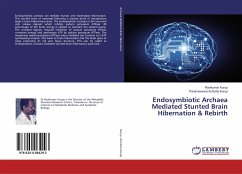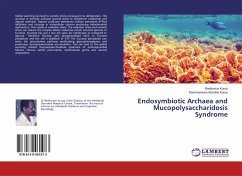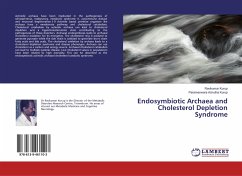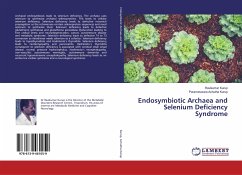Endosymbiotic archaea can mediate human and mammalian hibernation. The stunted brain of mammals following a massive shock of decapitation leads a brain hibernatory state. The endosymbiotic archaea in the neuronal cells release digoxin which inhibits sodium potassium ATPase. 80 percentage of the brain energy is utilized to maintain the sodium pump. The archaeal digoxin induced inhibition of sodium potassium ATPase conserves energy and synthesizes ATP by sodium potassium ATPase. The membrane sodium-potassium ATPase when inhibited can function as a ATP synthesizing enzyme. This leads to brain hibernation and the brain goes to sleep preserving its cell and tissue structure. This can be called as endosymbiotic archaea mediated stunted brain hibernatory syndrome.
Bitte wählen Sie Ihr Anliegen aus.
Rechnungen
Retourenschein anfordern
Bestellstatus
Storno








